Spurious Correlation: An Analysis of Variables and Examples
VerifiedAdded on 2020/04/21
|5
|890
|110
Essay
AI Summary
This assignment delves into the concept of spurious correlation, defining it as a relationship between two variables that arises not from a direct connection between them, but from their relationship to other variables. It differentiates between spurious correlation and extraneous variables, which can affect experimental outcomes. The assignment uses an example of students partying and getting sick to illustrate independent, dependent, extraneous variables, and the spurious correlation. It also discusses the temporal relationship between variables, the importance of predictor and outcome variables, and various extraneous factors that can influence the outcome, such as alcohol consumption, health conditions, and drug use. The assignment concludes by examining how these factors interact to produce different outcomes, emphasizing the complexity of identifying causal relationships.
1 out of 5
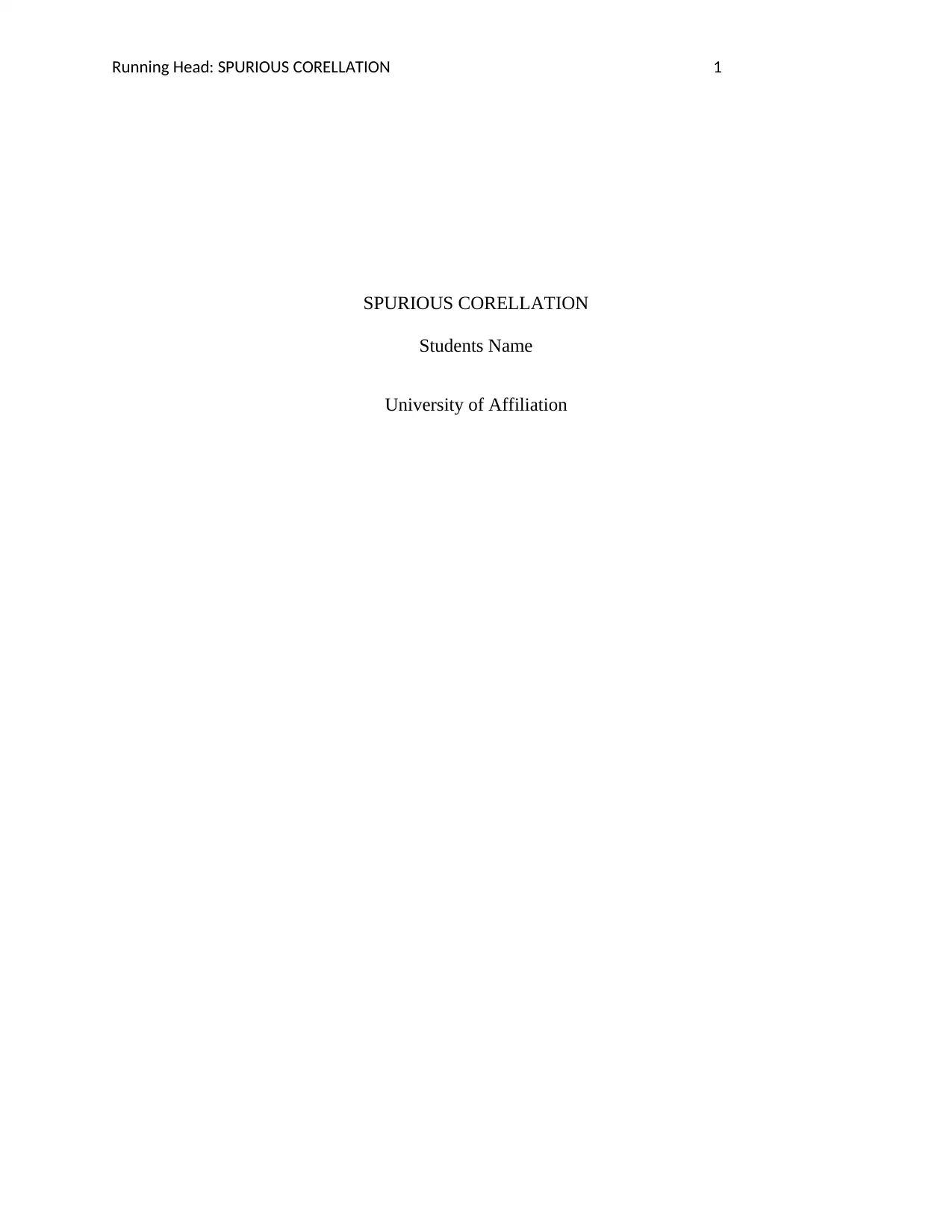
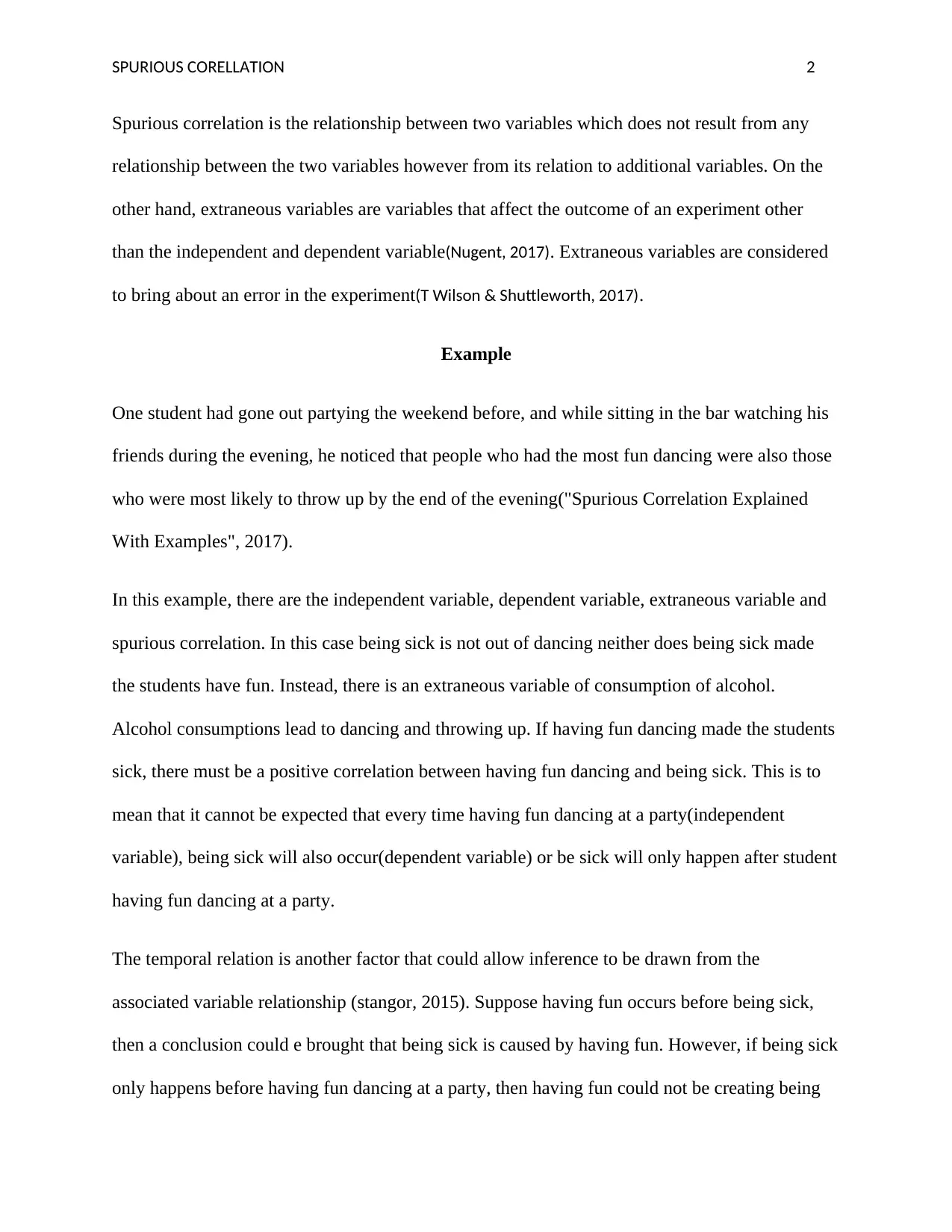
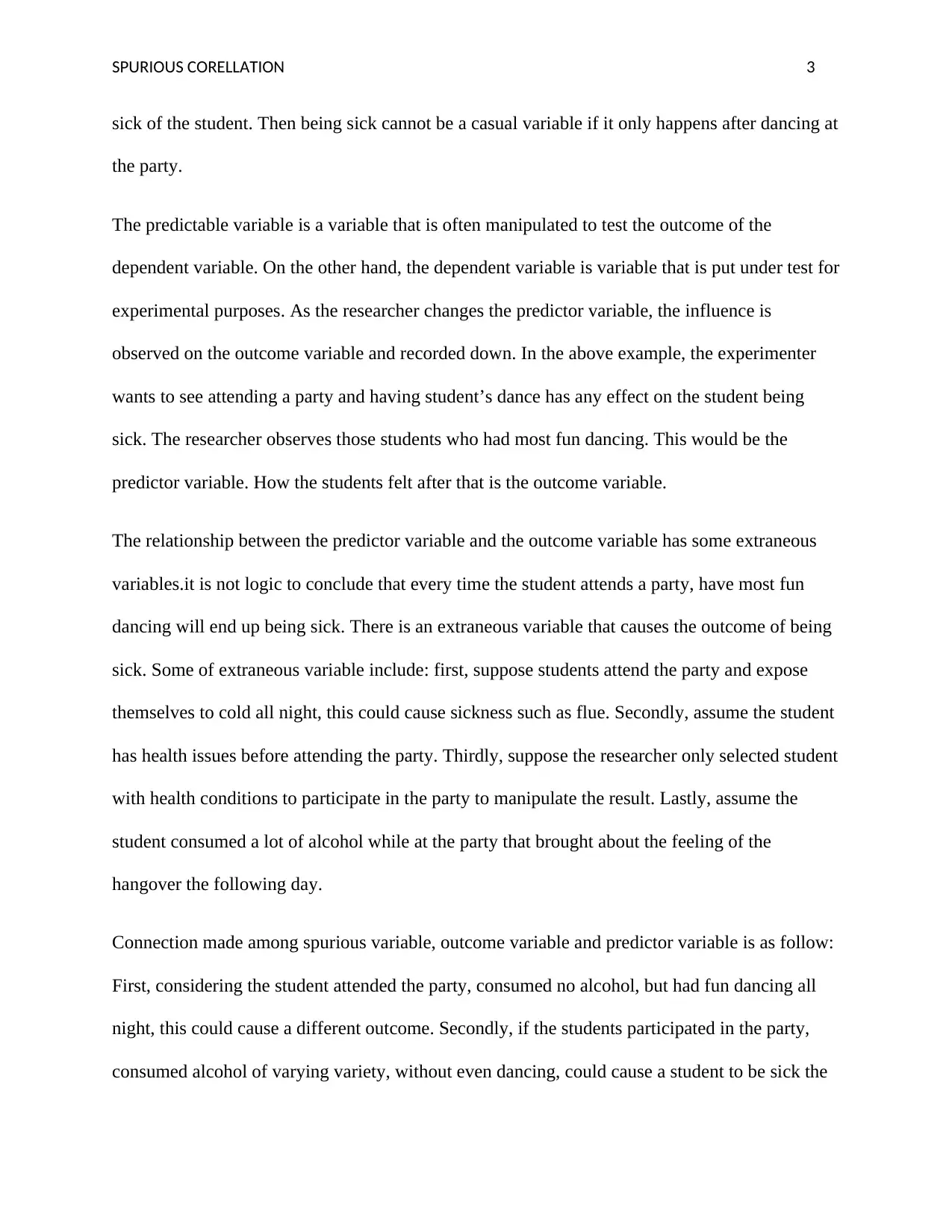

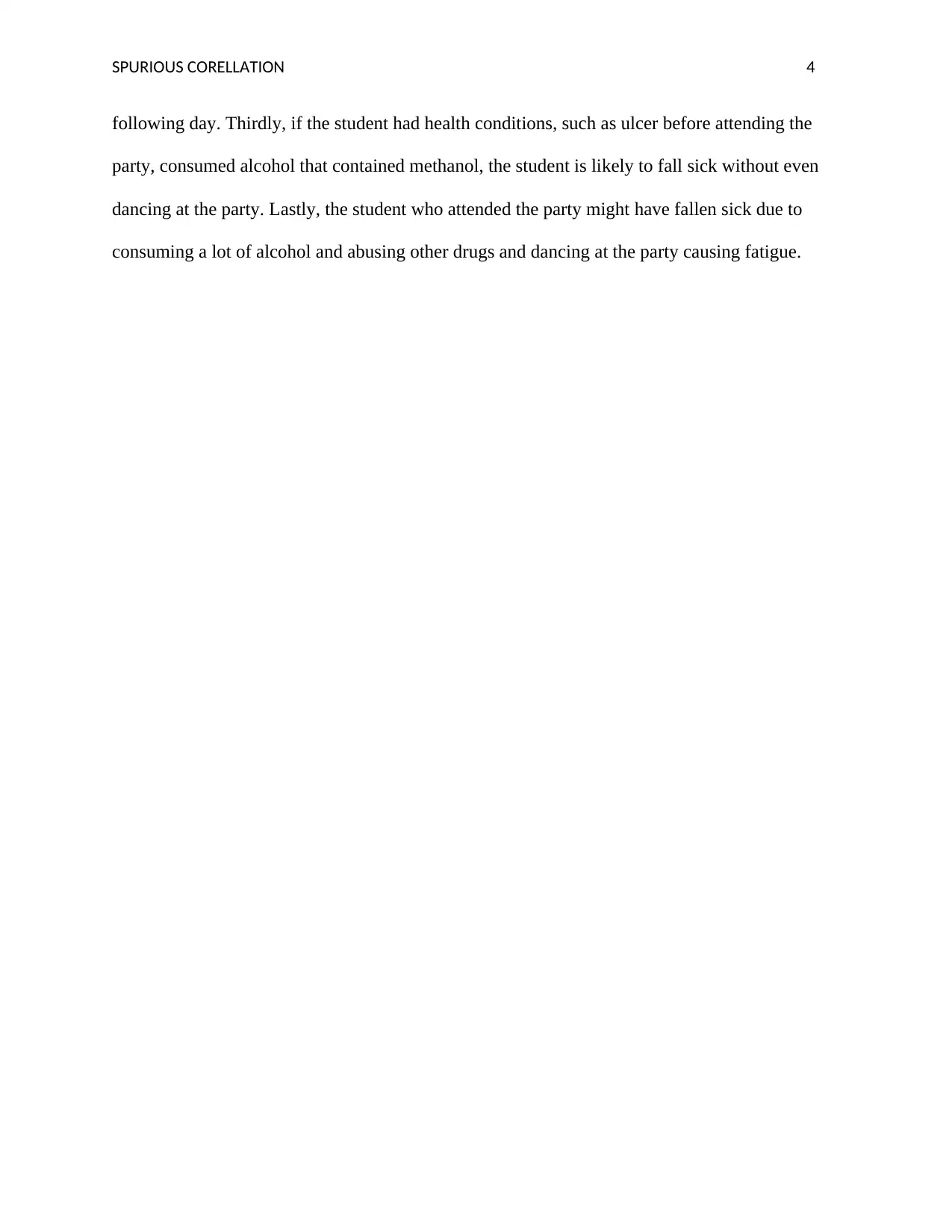
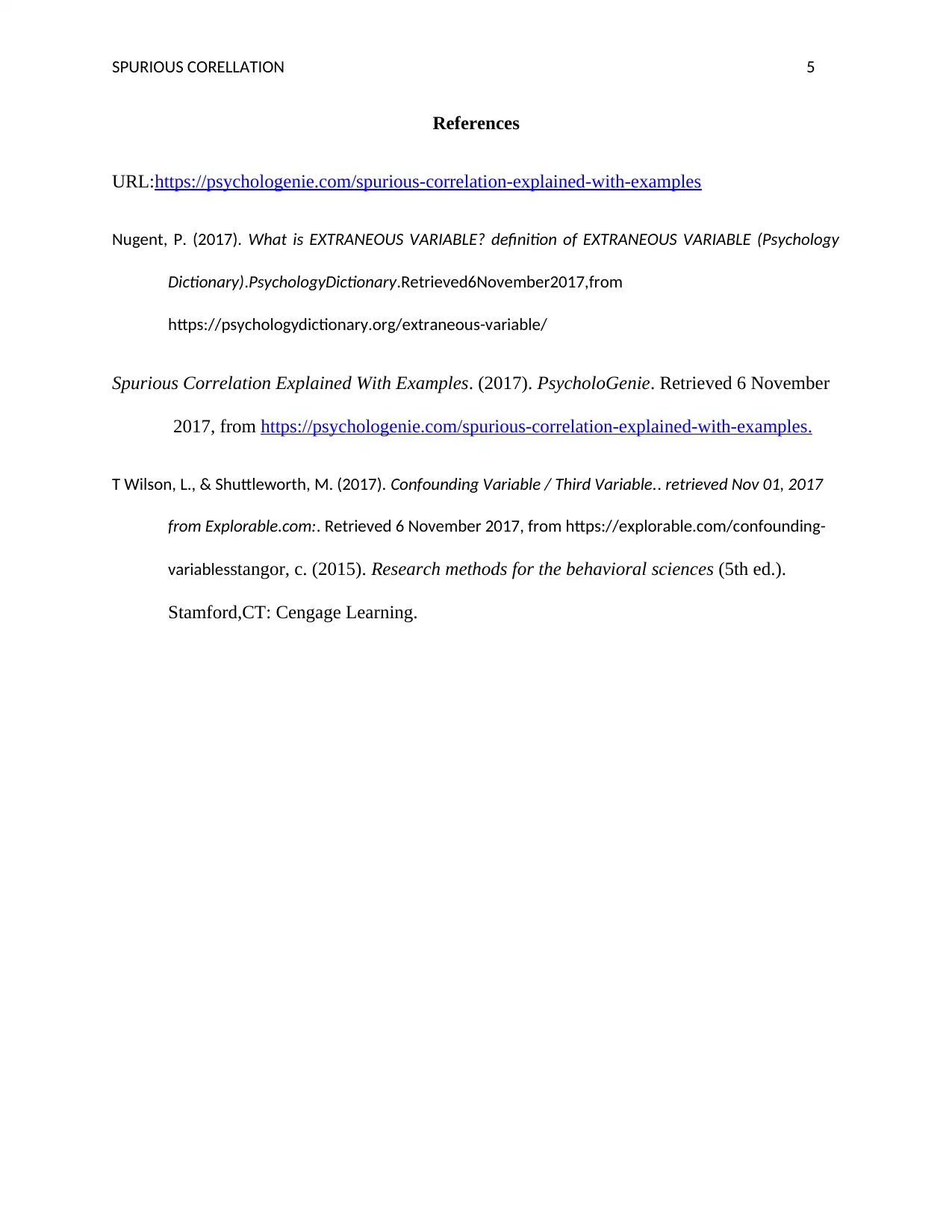
![[object Object]](/_next/static/media/star-bottom.7253800d.svg)